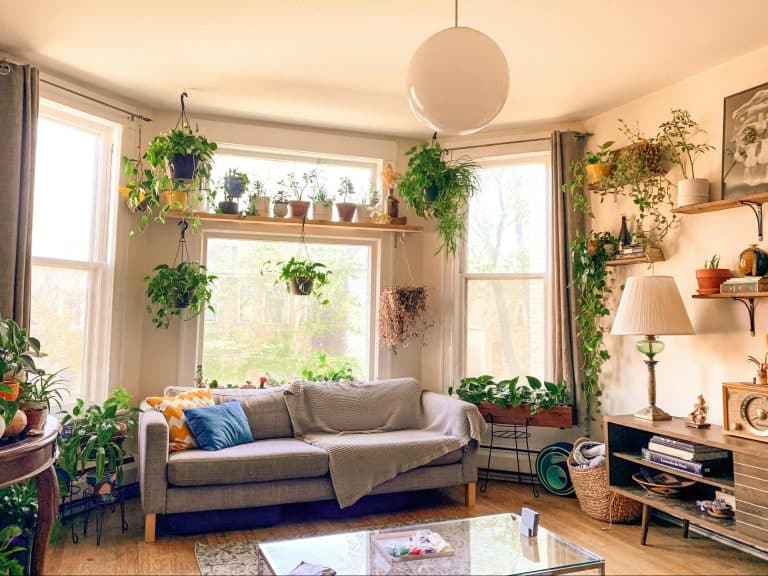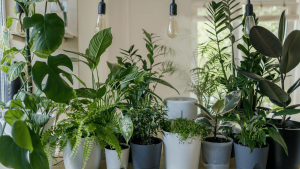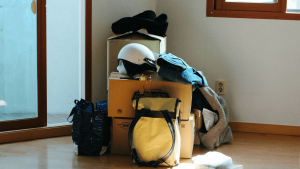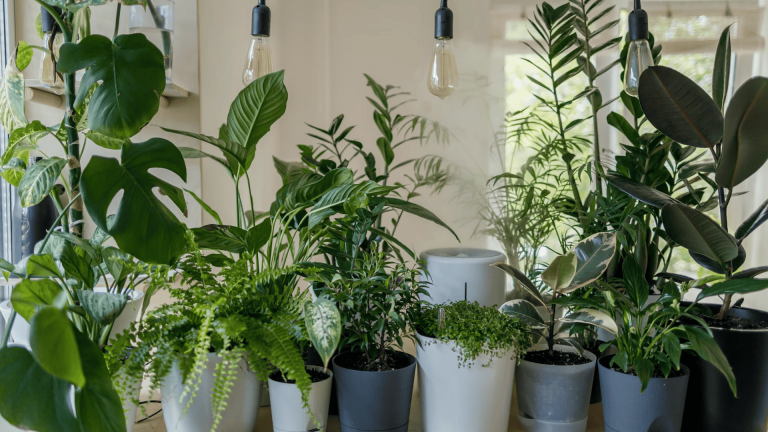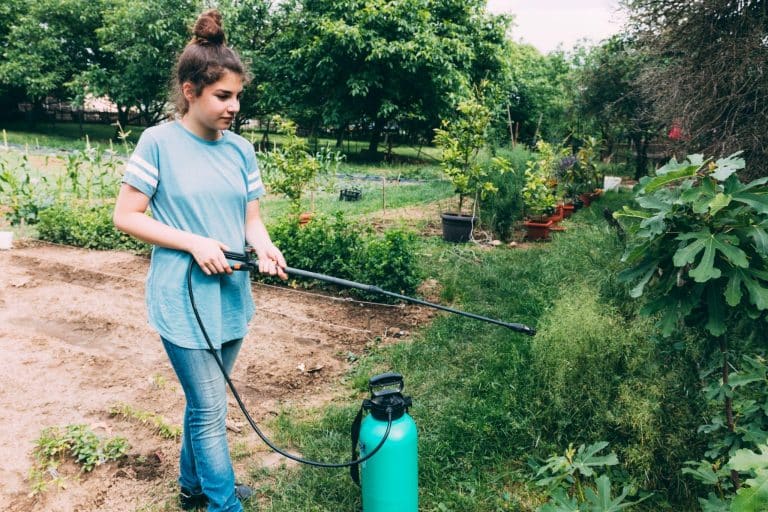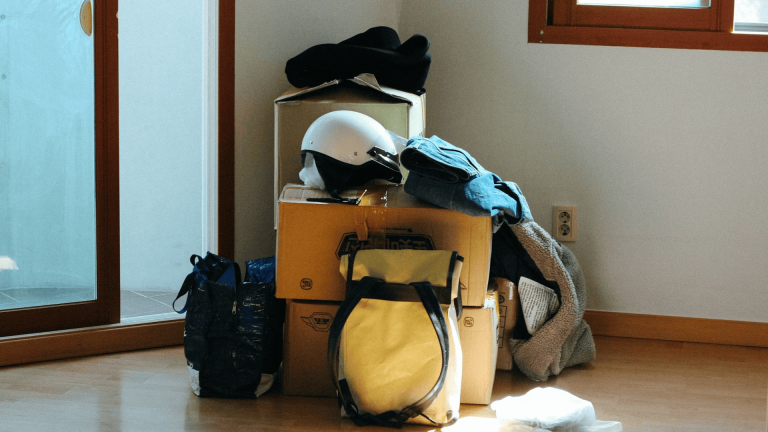Home renovation can feel overwhelming and costly. But, it’s also the perfect time to make changes that benefit the environment and your wallet. Sustainable renovations are no longer a rarity but a powerful means to make every corner of your home greener.
Choose Reclaimed Materials
Recycling isn’t just for bottles and cans. Builders worldwide swear by the beauty and quality of reclaimed wood and bricks. These salvaged materials give your home character with a history while reducing new production demands. Plus, they often come cheaper than their brand-new counterparts. Using reclaimed materials also helps preserve architectural heritage, as these materials often originate from older structures, bringing unique craftsmanship into contemporary homes that tells a story of sustainability.
Additionally, supporting businesses that specialize in reclaimed materials fosters a community centered around sustainable practices and local economic growth. When you choose these materials, you not only lessen the demand for newly processed resources, but you also contribute to a cycle where historic items are cherished and given new life. It’s an opportunity to inject individuality and authenticity into your renovation project, ensuring your home’s style reflects both personal uniqueness and a commitment to environmental responsibility.
For those planning more comprehensive changes, considering remodeling services for kitchens can complement your sustainable efforts, allowing for a beautifully functional space to emerge from eco-conscious choices.
Insulation: More Than Just a Blanket
Good insulation is key. It cuts energy bills by up to 20% and enhances comfort. Opting for cellulose or wool insulation, instead of synthetic options, ensures less harmful chemicals in your home while offering superior air quality. In addition to improving your indoor environment, this choice supports farming industries and reduces landfill contributions. The transition to natural insulation materials spurs innovation in eco-friendly production methods, perpetuating a cycle of positive change.
The benefits of adequate insulation extend beyond financial savings and eco-friendliness. Improved insulation also contributes to the overall health of your home’s infrastructure by preventing mold growth and reducing moisture infiltration. This is paramount in ensuring your living space remains safe and supportive for its occupants. With climate change influencing weather patterns, taking active steps today in fortifying your home against external fluctuations becomes an investment in long-term security and comfort.
Embrace Solar Power
Going off-the-grid isn’t necessary, but embracing solar power strongly reduces your carbon footprint. Solar panels convert sunlight to electricity, often offsetting home energy costs entirely. Advances in this technology make them sleeker and more affordable than ever. When considering solar power, the long-term savings and potential tax benefits add up to make it an economically sound choice. Homeowners can also explore solar roofing tiles, which seamlessly integrate with your home design.
Upgrade Windows for Efficiency
Your windows are a big factor in your home’s energy use. Swap out your single-paned windows for double- or triple-paned windows. These high-performance choices create a seal that slashes energy waste. It’s a worthy investment for your pocket and peace of mind. Aside from mitigating energy loss, new windows also diminish noise pollution, fostering a serene living space. This peace is beneficial, particularly when living in urban settings with bustling surroundings.
Another compelling aspect of upgrading windows is the aesthetic enhancement it can bring to your home. Present-day window designs offer innovative solutions to match any architectural style, updating the home’s appearance both inside and out. A change like this can instantly boost your home’s curb appeal, an important aspect when considering resale value. Thus, selecting efficient windows is not just a commitment to reduced energy consumption, but a comprehensive enhancement of your home’s overall charm and function.
Opt for Low-Flow Fixtures
Water conservation needs are real. Low-flow fixtures are an easy entry into sustainability. They reduce water use by up to 60% without sacrificing performance. This change ensures future water security, appealing to both your eco-conscious and budget-savvy sides. As a side benefit, many regions offer rebates or incentives for installing water-saving fixtures, making the switch financially desirable. By choosing these fixtures, you support a movement toward responsible resource use.
Energy-Efficient Lighting
Switch to LED lighting. LEDs consume up to 75% less energy and last 25 times longer than incandescent bulbs. They not only cut costs but also reduce the need to climb ladders to change bulbs frequently. Plus, LEDs now come in a variety of designs and brightness levels, allowing homeowners to set the perfect ambiance without compromising on sustainability. Investing in dimmer switches further amplifies savings by reducing energy use when full brightness isn’t necessary.
Sustainable Flooring Choices
Your floor makes up a significant portion of your home. Consider bamboo or cork for your renovation. Both materials are rapidly renewable and durable. They provide aesthetic value similar to traditional hardwood, without the guilt of deforestation. Beyond their renewability, bamboo and cork have natural anti-microbial properties, helping to maintain healthier living environments. As durable as they are stylish, these materials offer the promise of longevity without the need for harsh maintenance treatments.
Conclusion
Renovating sustainably is about making green choices that align with your values and budget. Smart selections in materials and technology make your home not only more beautiful but also environmentally friendly. It’s time to make every renovation count for the planet.


